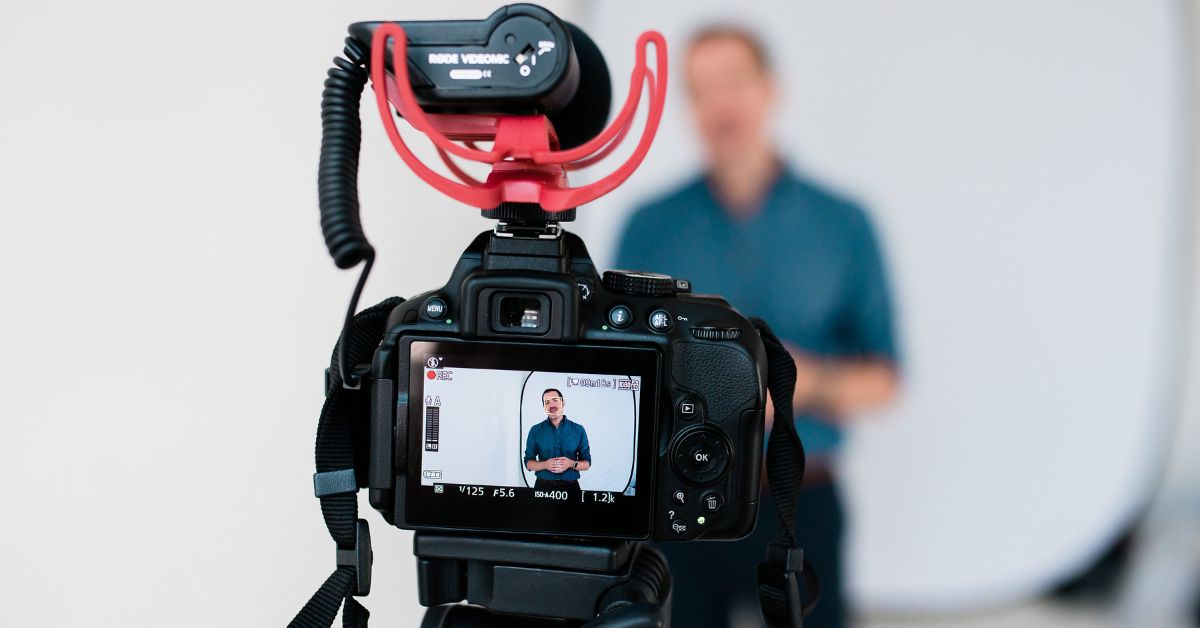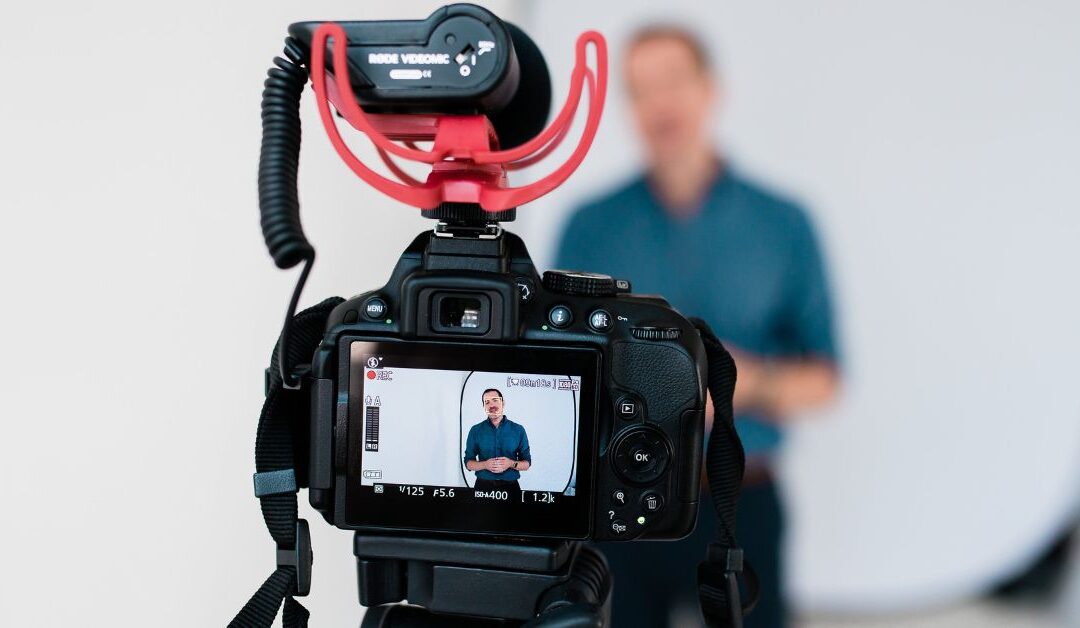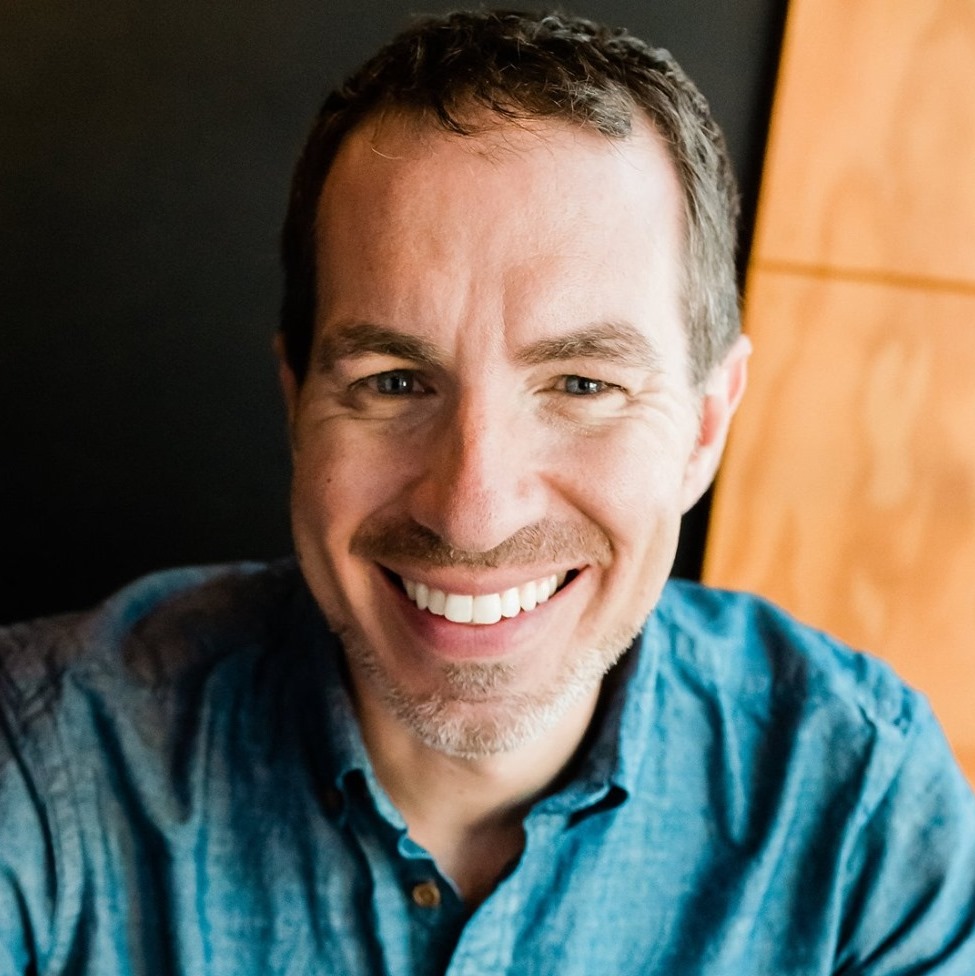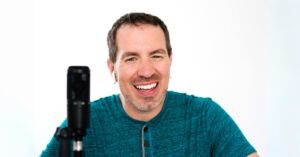Do you have a unique perspective you want to share with the world? Podcasting on YouTube is a powerful way to reach a broad audience and make an impact. This guide will walk you through the simple process of creating a podcast and getting it on the world’s largest video-sharing platform.
Why Podcast on YouTube?
While podcasting has traditionally been audio-focused, YouTube offers unique advantages:
- Reach a Wider Audience: YouTube has massive reach, attracting billions of users every month. It’s also the world’s #2 search engine after Google. This creates huge potential for discovery.
- The Video Advantage: Adding video creates a more engaging experience. Visuals help keep audiences hooked and build trust faster.
- Build Community: YouTube’s commenting and community features encourage interaction and build a dedicated following.
Planning Your Podcast
A well-planned podcast has a much higher chance of success. Let’s look at the key steps in planning your show:
1. Defining Your Audience
- Who are you trying to connect with?
- What problems do they have? What are they interested in?
- The clearer your picture of your audience, the more targeted your content will be.
2. Naming Your Podcast
Pick a name that is:
- Easy to pronounce and spell – When people start getting referred to your show you want to make sure they can find it when searching
- Unique and memorable
- Relatively short (ideally 3-4 words)
- Consider using keywords if it fits naturally
3. Crafting A Compelling Descriptions
Your description should tell listeners:
- Who the podcast is for
- What they’ll get from listening
- Why you’re qualified to be the host
- It only needs to be around 3-4 sentences, but longer descriptions are fine too
4. Creating Your Cover Art (Thumbnail)
Your podcast thumbnail is its visual calling card, and should:
- Be square at 3,000 pixels by 3,000 pixels
- Feature the title of your podcast in big, easy-to-read letters
- Include a clear, simple image
- Be easy to see and read on small screens (phones)

Essential Gear For A Video Podcast
Luckily, you don’t need a ton of expensive gear to get started. Here’s your essential kit:
1. Microphone
Great audio quality is crucial for listener retention! You want your voice to sound crisp and clear. There are USB mics and XLR mics, but for beginners, USB mics work great and are plug-and-play on both Mac and Windows computers.
Here are 3 of my favorite podcast microphones, each under $100 USD and easy to use:
- Audio-Technica AT2020USB+ (Amazon)
- Samson Q2U (Amazon)
- Blue Yeti Nano (Amazon)
The Blue Yeti Nano is my go-to microphone when traveling:

Photo: Jerry Potter live streaming The Social Media Marketing Talk Show from a farmhouse in Port Stephens in Australia, using the Blue Yeti Nano. The stand that comes with the microphone is solid, but sometimes it needs it to be higher, so Jerry used an upside down pot from the kitchen. 😁
2. Camera
You can use:
- A webcam you already own (even older ones can work)
- Smartphone with a tripod mount
- Dedicated DSLR or mirrorless camera
When I first started, I used the webcam I already had (Amazon link), but later upgraded to this 4k webcam (Amazon link) that I love SO much that. Iuse to film all my YouTube videos now!
3. Lighting (Optional)
Natural light is best, but if you need artificial lights, some simple LED setups can make a huge difference. But we recommend investing in the other things on this list first. You can always just record facing a window.
4. Software
You’ll need software to record and edit your recordings. There are free and paid options that are user-friendly for beginners. Here are our favorites:
Recording Software:
- Descript: This is our favorite all around because you can use it to record, edit, transcribe and even repurpose your podcast. As a bonus, Squadcast.fm is included which allows you to record co-hosts or guests even if they’re at another location. And unlike Zoom, it records everyone on their local computer, meaning you get a great recording even if the internet connection is slow.
- If you just need the remote recording feature, Streamyard & Riverside.fm are good options.
- Garage Band is a free option for Mac computers. You also might be able to record it into any video editing software you have.
Editing Software:
- Descript is the fastest editor hands down (see more in this video), even if you have little-to-no experience.
- Any video editing tool you already have can work well.
Planning, Recording, and Editing A Podcast For YouTube
1. Plan to Succeed
- Brainstorm a list of at least 20 episode ideas before you record. This ensures you have plenty of content to work with. And if you can’t come up with 20 at the beginning, you’re going to struggle to make it long term.
- Research keywords and topics to make your episodes search-friendly.
2. Batch Record
To save time and energy, try recording multiple episodes in one session if possible.
3. Editing
Knowing you can edit can make the recording process more relaxing, but don’t get caught in perfectionism – I say this as a recovering perfectionist.
Make edits that make each episode dramatically better (like removing a coughing fit you had in the middle), but if you nitpick every little thing you’ll be editing forever.
Uploading Your Podcast to YouTube
Let’s make your podcast live!
- Go to YouTube Studio (studio.youtube.com)
- Click “Create” -> “New Podcast”
- Enter your podcast details:
- Title
- Description
- Thumbnail
- Click “Create” to publish your podcast placeholder
- Click “Add Videos” and select the videos for your podcast.
- Optimize Each Episode: Add titles, descriptions, custom thumbnails, and end screen links to other episodes.
Promoting Your Podcast
You’ve got amazing content, now let’s get it heard!
- Share on Social Media: Create engaging posts and short clips promoting your episodes. Short form videos like YouTube Shorts, Facebook & Instagram Reels and TikTok videos are most likely to reach new people.
- Cross-Promote with Other Creators: Collaborate with other podcasters or YouTubers in your niche.
- Engage with Your Audience: Respond to comments, encourage discussion, and build that community!
FAQs: Frequently Asked Questions About Podcasts On YouTube
Do I need a separate podcast host to get on Apple Podcasts, Spotify, etc.?
Yes! YouTube is fantastic for reach and will get you into the YouTube Music app, but if you want your podcast on theother major audio platforms, you’ll need a traditional podcast hosting service.
Here are our favorites:
- Buzzsprout: This is where we host The 6 Ways podcast and includes essential features for business owners like unlimited episodes and the ability to insert audio into episodes after they publish (Dynamic Audio Insertion). Use my referral link and get 90 days free + a $20 credit.
- Captivate.fm: This is a little bit more expensive than Buzzsprout, but allows unlimited podcasts on a single plan (pricing is based on how many downloads you get). It also includes Dynamic Audio Insertion.
Is there anything else I should do to optimize my YouTube podcast?
Absolutely! Here are some valuable tips:
- Add subtitles: Captions make your podcast accessible to a wider audience.
- Create engaging visuals: Even simple visuals can keep things interesting. Consider adding your branding, images relevant to the topic, and onscreen text.
- Consistency is key: Keep a regular publishing schedule to build audience loyalty.
Podcasting on YouTube is a fantastic way to share your voice and connect with a large, engaged audience. Take action, start planning, and get your message out there!
And if your podcast is for your business, feel free to reach out to us for help.





